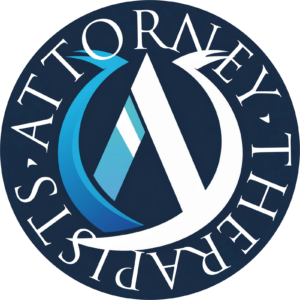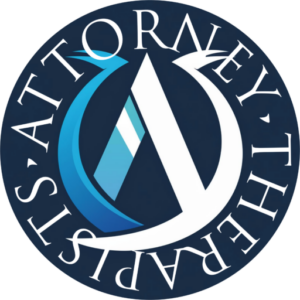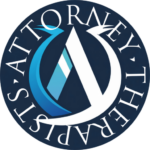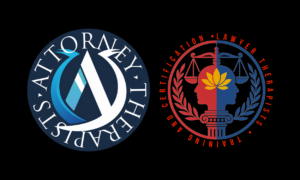Mental healthcare in the federal workplace occupies an intersection of statutory rights, regulatory complexity, and professional ethics. This article critically examines four principal legal frameworks—the Americans with Disabilities Act (ADA), the Family and Medical Leave Act (FMLA), the Health Insurance Portability and Accountability Act (HIPAA), and 42 CFR Part 2—that together define and safeguard mental-health accommodations and confidentiality. It concludes with a focus on Employee Assistance Programs (EAPs), dual-relationship dynamics within federal agencies, and the perennial tension between confidentiality and the Duty to Warn/Protect.
The Americans With Disabilities Act (ADA)
(A) Scope of Protection
The ADA, as amended (ADAAA 2008), protects individuals with mental impairments—e.g., PTSD, depression, ADHD—from discrimination and mandates reasonable accommodations in employment.
(B) Reasonable Accommodation: Emerging Jurisprudence
In Tudor v. Whitehall Central School District, the Second Circuit held that plaintiffs need not prove that accommodations are essential to an employee’s ability to perform essential functions—only that they are reasonable––a decisive shift from earlier precedent.
(C) Workplace Settlements Under ADA
Recent EEOC-enforced settlements highlight systemic non-compliance: TrueBlue ($125,000); Ranew’s Management ($250,000); and Interconnect Cable ($35,000) all involved psychiatric disabilities and employer refusals to grant leave or reinstatement.
The Family and Medical Leave Act (FMLA)
The FMLA provides up to 12 weeks of unpaid leave for serious health conditions—including severe mental health crises—corroborated by medical certification. Courts now frequently assess ADA and FMLA claims together, particularly in connection with leave termination disputes.
Case in Point: In a recent lawsuit filed against USAA, a veteran alleged wrongful termination while hospitalized for PTSD that violated both FMLA and ADA protections. The employer invoked its “no-call, no-show” policy, and the EEOC declined to pursue the claim; the matter remains litigated in arbitration .
HIPAA
HIPAA’s Privacy Rule protects individually identifiable health information—medical conditions, treatment records—of covered entities and their business associates. Unlike ADA and FMLA, HIPAA prohibits disclosure of protected health information (PHI) without patient consent or specifically enumerated exceptions.
42 CFR Part 2: Confidentiality of SUD Treatment Records
This regulation offers stringent protection to substance use disorder (SUD) treatment records, initially requiring specific written consent for nearly all disclosures. The final rule of February 16, 2024 (effective April 16; enforcement by February 16, 2026) aligns some provisions with HIPAA/HITECH, including broad TPO consent, redisclosure flexibility, breach notification, and removal of segmentation requirements.
(A) EAP & Plan Sponsor Implications
When EAPs handle SUD treatment (especially under self‑insured plans), employers must execute Business Associate Agreements compliant with both HIPAA and Part 2—and design workflows to uphold enhanced confidentiality requirements.
Confidentiality vs. Duty to Warn/Protect in Federal EAP Contexts
(A) Ethical and Legal Duties
Federal EAP counselors must balance confidentiality—protected under HIPAA and 42 CFR Part 2—with a professional and legal Duty to Warn/Protect. Citations from Tarasoff-type standards and Title 5 CFR–mandated agency policies often guide EAP responses to threats to self or others.
(B) Federal Precedents
Incidents such as workplace violence or self-harm require EAPs to consult legal counsel and follow federal policies. Despite confidentiality norms, courts emphasize that imminent-danger disclosures may be exchanged with supervisory personnel or security.
Federal EAP Programs: Ethics and Dual Relationships
(A) Definition of Dual Relationships
Dual relationships occur when EAP clinicians engage with employees in multiple roles—e.g., counselor and supervisor liaison—leading to boundary crossings that can compromise trust and confidentiality.
(B) Ethical Risks
Risks include:
(1) Boundary confusion: Engaging in vocational advice undermines therapeutic role.
(2) Confidentiality breach: Division of clinical and administrative roles may prompt disclosure of personal details inconsistent with informed consent.
(3) Conflict-of-interest: Simultaneous care of family members, colleagues, or embedded organizational agents.
(C) Illustrative Examples
-
An EAP counselor hired to consult with HR about an employee’s performance prior to clinical therapy.
-
Supervisors requesting updates on executive coaching provided through EAP.
(D) Risk Mitigation Strategies
Best practices include:
-
Clear role communication and consent for information flow.
-
Written documentation clarifying purpose and limits.
-
Referral or transfer when dual-role risks outweigh benefits.
Conclusion
Collectively, ADA, FMLA, HIPAA, and 42 CFR Part 2 underpin mental-health protections in employment. Recent legal cases sharpen employer obligations and broaden employee rights to accommodation, leave, and confidentiality. In federal EAP settings, emerging court decisions and regulatory updates demand vigilant ethical standards. Counselors must navigate dual-role challenges and the delicate balance between confidentiality and duty-to-warn. Only by integrating legal compliance with strong ethical frameworks can federal workplaces truly support mental-health resilience and equity.









